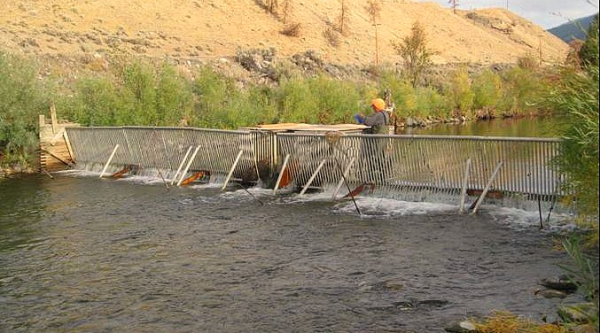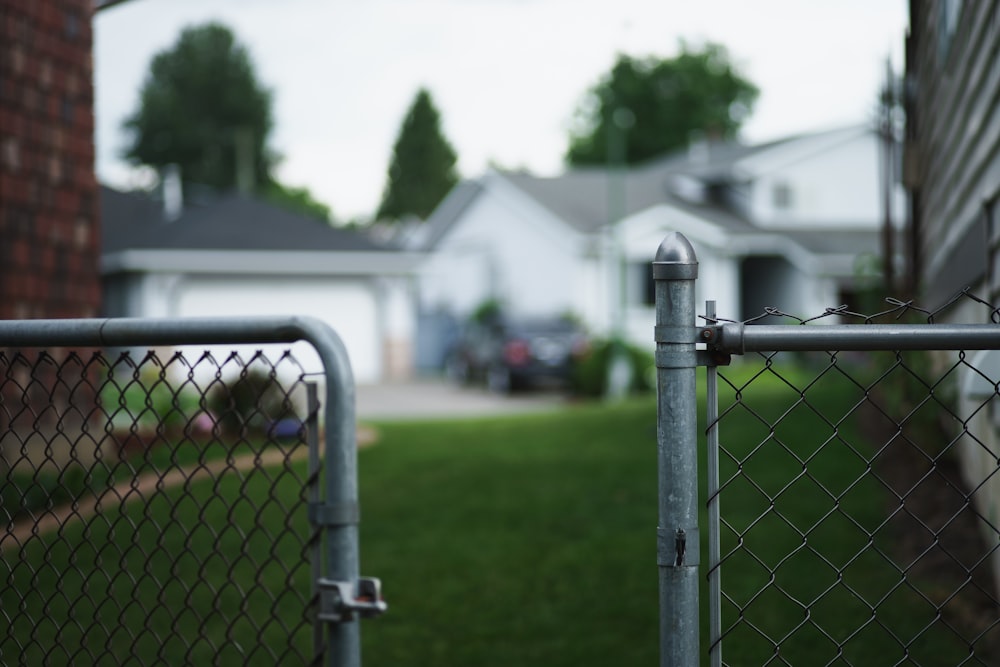Now, moving a little further afield--
Here's a fence that you'll never ever see in your neighborhood! It takes concept of "According to Lockheed Martin:
"Low-earth orbit is crowded with active satellites and thousands of pieces of debris due to collisions and deterioration of defunct satellites and rocket boosters. Traveling at speeds upwards of 15,000 mph, that debris threatens not only commercial satellites, which we depend on for everything from weather forecasting, banking, global communications and GPS navigation, but also military assets that help monitor and protect nations around the world."
Do you think













.jpg?width=656&name=agriculture-barn-clouds-1671846%20(1).jpg)




